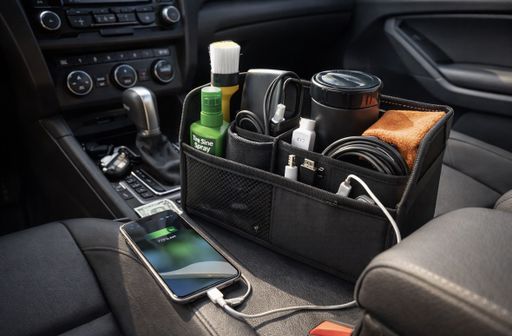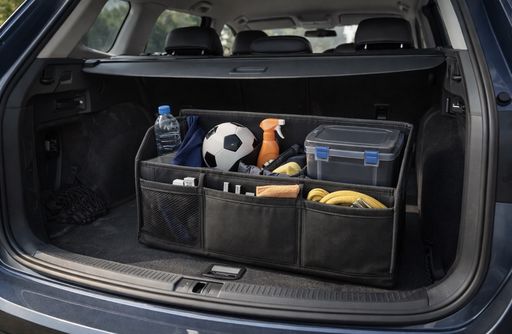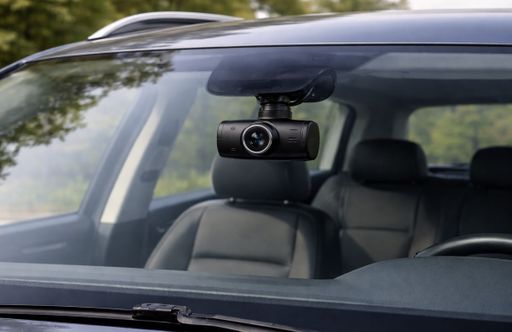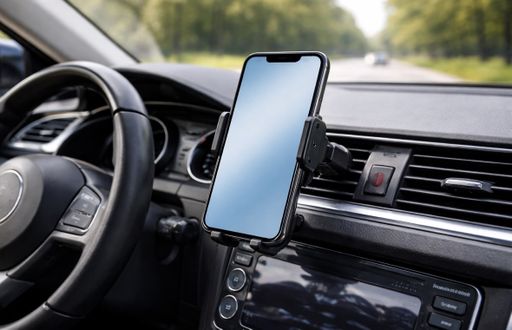Mercedes Vito Bus vs Volvo XC90 - Differences and prices compared
Compare performance (237 HP vs 455 HP), boot space and price (36300 £ vs 69800 £ ) at a glance. Find out which car is the better choice for you – Mercedes Vito Bus or Volvo XC90?
Costs and Efficiency:
When it comes to price and running costs, the biggest differences usually appear. This is often where you see which car fits your budget better in the long run.
Mercedes Vito Bus has a significantly advantage in terms of price – it starts at 36300 £ , while the Volvo XC90 costs 69800 £ . That’s a price difference of around 33432 £.
Fuel consumption also shows a difference: Volvo XC90 manages with 3.50 L and is therefore clearly more efficient than the Mercedes Vito Bus with 6.70 L. The difference is about 3.20 L per 100 km.
As for electric range, the Mercedes Vito Bus performs clearly better – achieving up to 370 km, about 299 km more than the Volvo XC90.
Engine and Performance:
Power, torque and acceleration say a lot about how a car feels on the road. This is where you see which model delivers more driving dynamics.
When it comes to engine power, the Volvo XC90 has a significantly edge – offering 455 HP compared to 237 HP. That’s roughly 218 HP more horsepower.
In terms of top speed, the Volvo XC90 performs evident better – reaching 180 km/h, while the Mercedes Vito Bus tops out at 140 km/h. The difference is around 40 km/h.
There’s also a difference in torque: Volvo XC90 pulls evident stronger with 709 Nm compared to 500 Nm. That’s about 209 Nm difference.
Space and Everyday Use:
Beyond pure performance, interior space and usability matter most in daily life. This is where you see which car is more practical and versatile.
Seats: Mercedes Vito Bus offers slightly more seating capacity – 8 vs 7.
In curb weight, Mercedes Vito Bus is hardly perceptible lighter – 2023 kg compared to 2080 kg. The difference is around 57 kg.
In terms of boot space, the Mercedes Vito Bus offers clearly more room – 1390 L compared to 302 L. That’s a difference of about 1088 L.
In maximum load capacity, the Mercedes Vito Bus performs significantly better – up to 4990 L, which is about 3134 L more than the Volvo XC90.
When it comes to payload, Mercedes Vito Bus noticeable takes the win – 1077 kg compared to 710 kg. That’s a difference of about 367 kg.
Who comes out on top?
Overall, the Mercedes Vito Bus shows itself to be wins the duel decisively and secures the title of DriveDuel Champion.
It convinces with the more balanced overall package and proves to be the more versatile choice for everyday use.
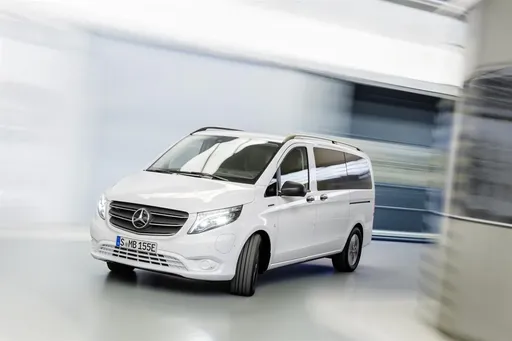
Mercedes Vito Bus
Costs and Consumption
View detailed analysis
Engine and Performance
View detailed analysis
Dimensions and Body
View detailed analysis
Mercedes Vito Bus
The Mercedes Vito is a sturdy, no-nonsense people carrier that blends commercial practicality with a surprisingly civilised cabin, making long shuttles feel less like a chore. If you need a dependable transporter that swallows luggage, forgives hard use and still looks a touch more premium than a plain van, the Vito is an easy, sensible pick.
details
Volvo XC90
The Volvo XC90 is a serene Scandinavian SUV that mixes minimalist luxury with a composed, confidence-inspiring presence — ideal for buyers who want family practicality without sacrificing style. Inside it serves up a calm, well-crafted cabin and user-friendly tech that keeps long journeys pleasant and tantrums to a minimum, making the XC90 a smart, stylish pick for sensible drivers.
details
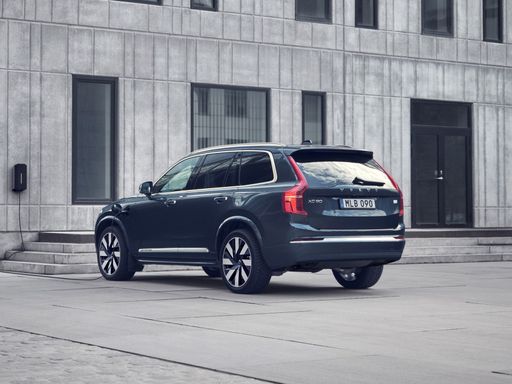

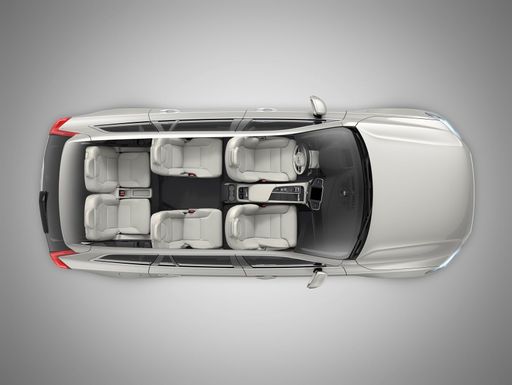
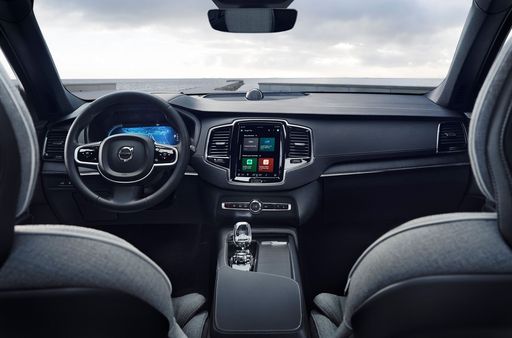
Costs and Consumption |
|
|---|---|
|
Price
36300 - 55900 £
|
Price
69800 - 84600 £
|
|
Consumption L/100km
6.7 - 10 L
|
Consumption L/100km
3.5 - 8.5 L
|
|
Consumption kWh/100km
26.7 - 26.9 kWh
|
Consumption kWh/100km
-
|
|
Electric Range
248 - 370 km
|
Electric Range
71 km
|
|
Battery Capacity
60 - 90 kWh
|
Battery Capacity
14.70 kWh
|
|
co2
0 - 228 g/km
|
co2
79 - 191 g/km
|
|
Fuel tank capacity
57 - 70 L
|
Fuel tank capacity
71 L
|
Dimensions and Body |
|
|---|---|
|
Body Type
Bus
|
Body Type
SUV
|
|
Seats
8
|
Seats
7
|
|
Doors
4
|
Doors
5
|
|
Curb weight
2023 - 2739 kg
|
Curb weight
2080 - 2297 kg
|
|
Trunk capacity
580 - 1390 L
|
Trunk capacity
262 - 302 L
|
|
Length
4895 - 5370 mm
|
Length
4953 mm
|
|
Width
1928 mm
|
Width
1923 mm
|
|
Height
1890 mm
|
Height
1771 mm
|
|
Max trunk capacity
4190 - 4990 L
|
Max trunk capacity
1816 - 1856 L
|
|
Payload
726 - 1077 kg
|
Payload
653 - 710 kg
|
Engine and Performance |
|
|---|---|
|
Engine Type
Diesel, Electric, Petrol
|
Engine Type
Petrol MHEV, Plugin Hybrid
|
|
Transmission
Automatic
|
Transmission
Automatic
|
|
Transmission Detail
Automatic Gearbox, Reduction Gearbox
|
Transmission Detail
Automatic Gearbox
|
|
Drive Type
Rear-Wheel Drive, All-Wheel Drive, Front-Wheel Drive
|
Drive Type
All-Wheel Drive
|
|
Power HP
136 - 237 HP
|
Power HP
250 - 455 HP
|
|
Acceleration 0-100km/h
-
|
Acceleration 0-100km/h
5.4 - 7.7 s
|
|
Max Speed
140 km/h
|
Max Speed
180 km/h
|
|
Torque
330 - 500 Nm
|
Torque
360 - 709 Nm
|
|
Number of Cylinders
4
|
Number of Cylinders
4
|
|
Power kW
100 - 174 kW
|
Power kW
184 - 335 kW
|
|
Engine capacity
1950 - 1999 cm3
|
Engine capacity
1969 cm3
|
General |
|
|---|---|
|
Model Year
2024
|
Model Year
2024 - 2025
|
|
CO2 Efficiency Class
G, A
|
CO2 Efficiency Class
G, B
|
|
Brand
Mercedes-Benz
|
Brand
Volvo
|
What drive types are available for the Mercedes Vito Bus?
The Mercedes Vito Bus is offered with Rear-Wheel Drive, All-Wheel Drive or Front-Wheel Drive.

